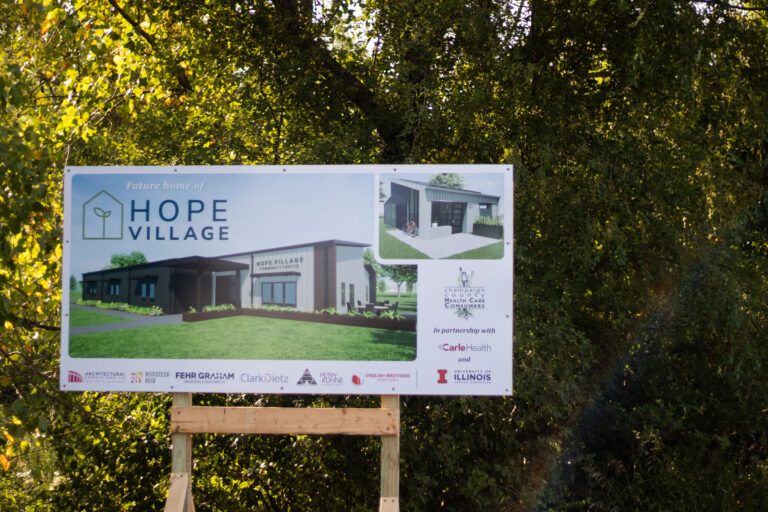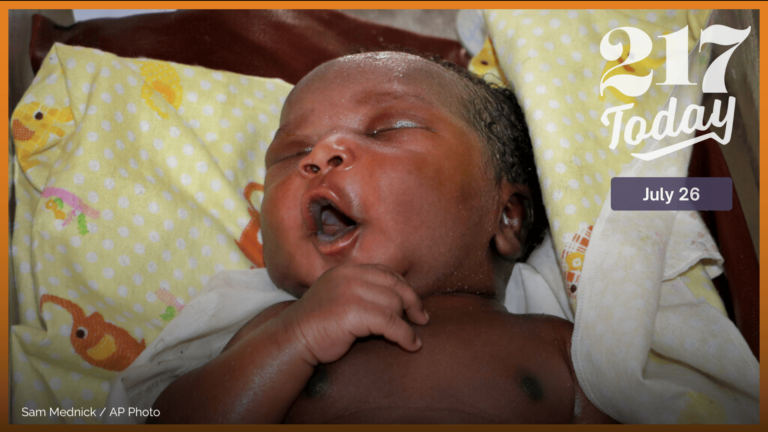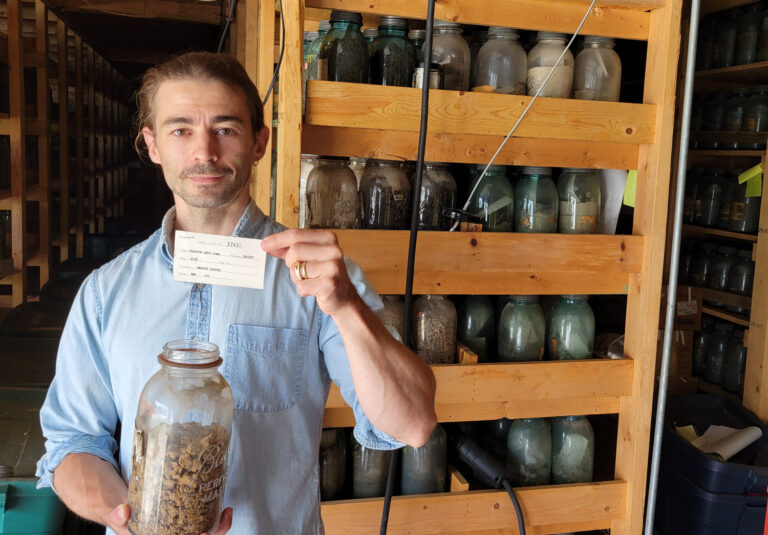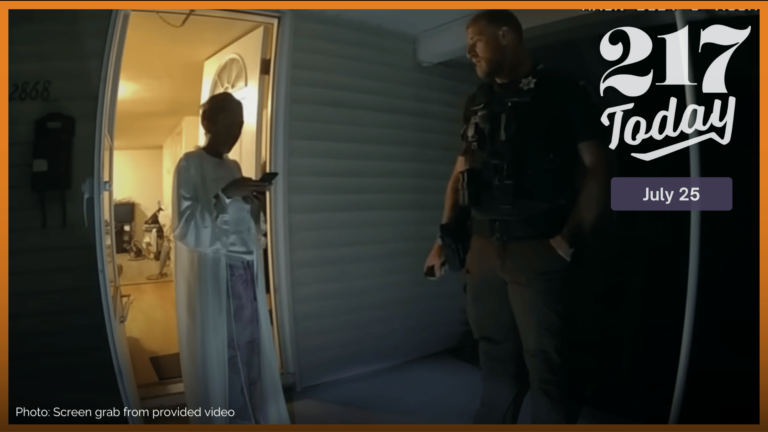URBANA – Hope Village is a new community of 30 tiny and permanent housing for Champaign county’s medically vulnerable and chronically homeless population that’s under construction.
“Our goal is to help people be able to live longer, but healthier as well,” said Claudia Lenhoff, the Executive Director of Champaign County Health Care Consumers.
Her organization will oversee the case management of the residents and will work congruently with the University of Illinois at Urbana-Champaign and Carle Health.

The 500 sq ft homes will feature a bed, bathroom, kitchen and living space. They will also be spaced out to give residents privacy and ample green space around their homes as well as a community center.
While this concept is new to Champaign County – similar projects have been done around the country, however the project lead says their model is unique.
“We really kind of taken the golden nuggets from each of the projects we researched,” said the Carle Health counterpart, Marty Smith.
One of them includes the Housing First Village in Bozeman, Montana. Their 12 homes are slightly smaller than the ones coming to Champaign County but feature all of the same things.
“We had people freezing to death in our community, because they had no place to stay. And as a community, we determined that we can do better than the status quo,” said the Housing Director, Brian Guyer.
He said that’s why they decided on their housing program. He said they have seen a decrease in chronic homelessness overall – and while some of their residents have moved on – none have gone back to the streets.
“You’re taking some real people with extremely challenging issues,” said Guyer. “The first year is not without its challenges, but in the end, the improvements are there and the data supports that. This is a positive program for our community’s most vulnerable people.”
He said a significant component of their model is not making participation in supportive services a requirement for being housed. Hope Village intends to do the same.
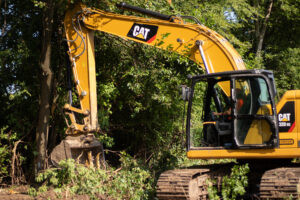
“We fully expect that once people settle into their homes and start calming down from being in sort of, in survival mode and the traumas from the street … we do believe that people will want to avail themselves of some of the resources,” said Lenhoff.
Guyer said that is exactly what happened in Bozeman.
“Residents are now regularly engaging with their caseworker. And 100% of the residents are connected to a support service of some sort,” said Guyer.
One big difference between the two housing projects is their location. In Bozeman, they chose a site that was away from nearby neighborhoods, while Hope Village is adjacent to existing properties.
“For the most part, every conversation that we had with people, they were very, very supportive. They thanked us for what we were doing once they understood that no homes were going to be torn down for Hope village to be built,” said Lenhoff.
The village hopes to have their community center and first model home completed by the end of the year. The rest are expected to be completed sometime in 2024.
So for now, Claudia Lenhoff says they are holding off on taking applications.
“Because if people have opportunities to be housed, now, rather than waiting for Hope Village, we will want them to be able to try to get themselves housed,” said Lenhoff.

